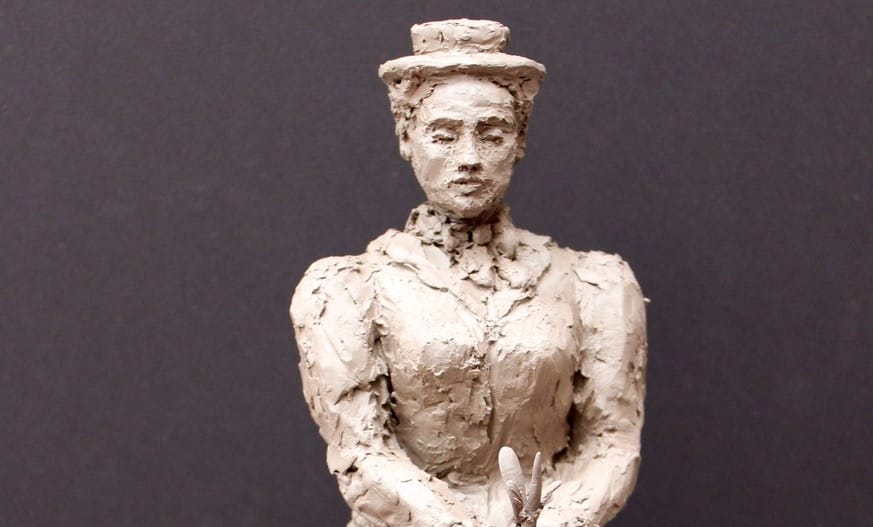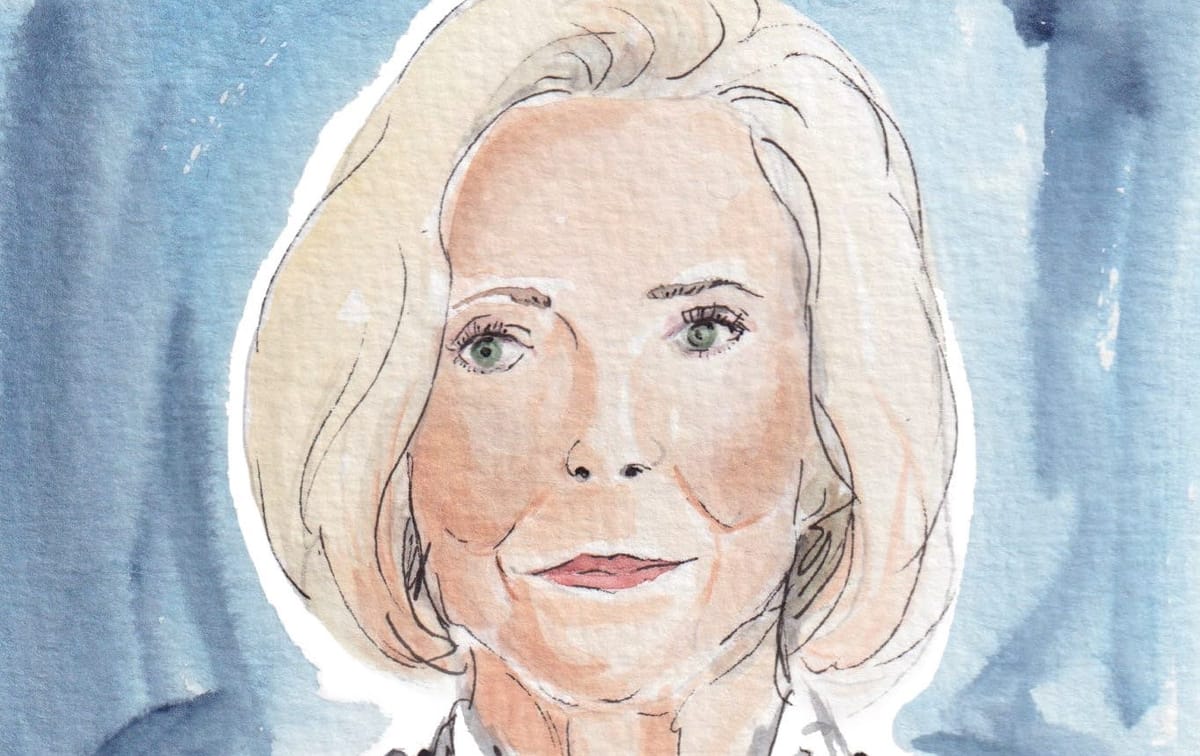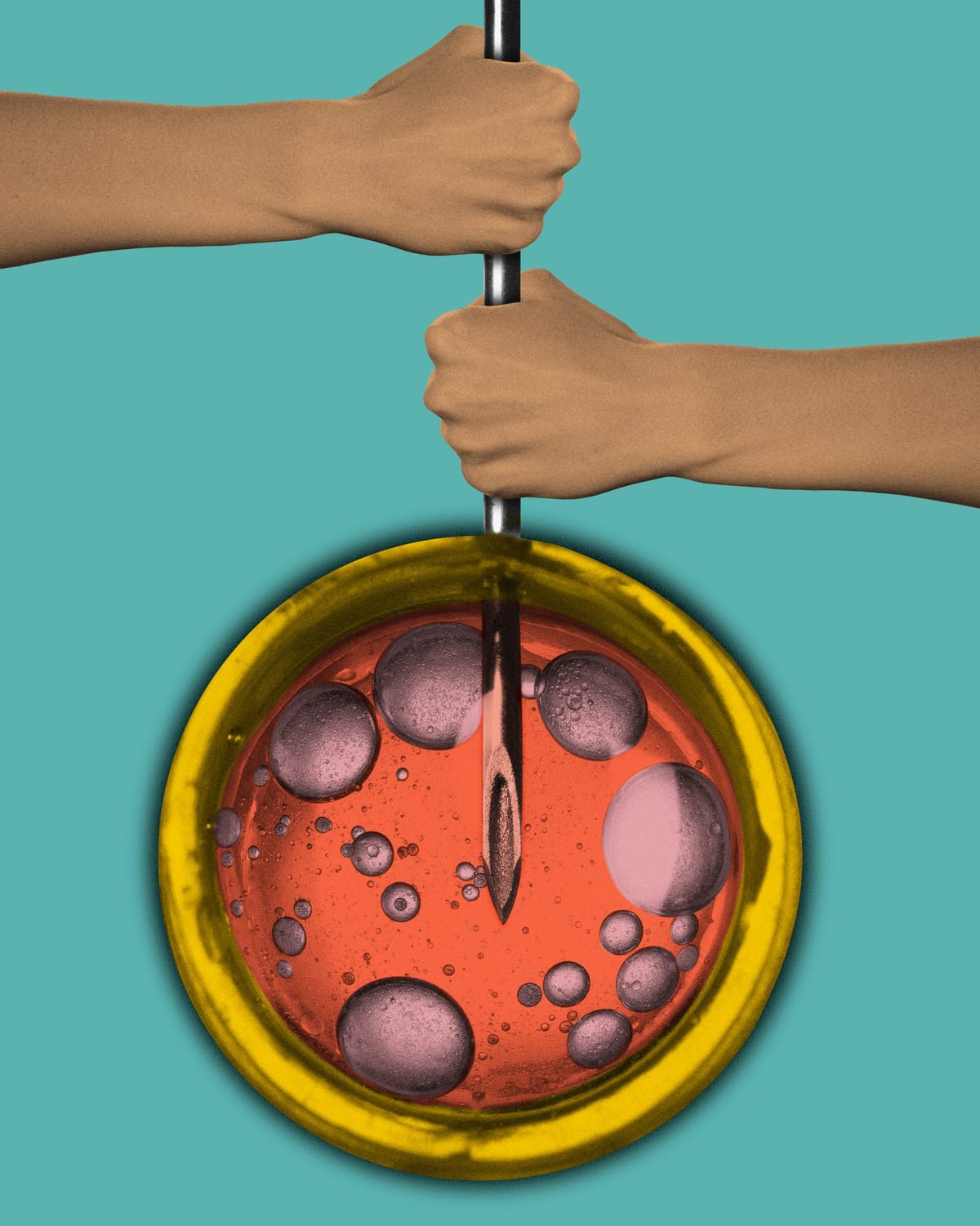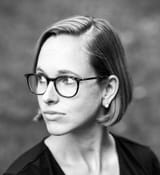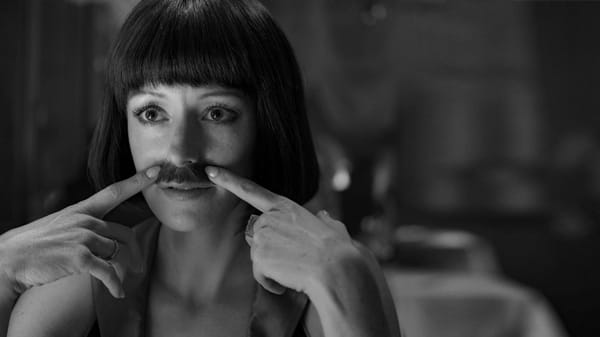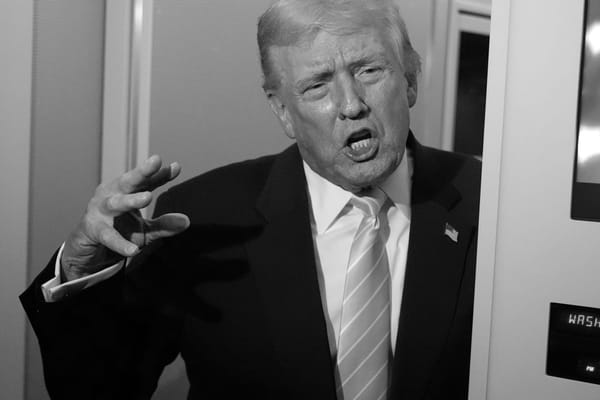So You Think You’re a Rocket Scientist? Not. So. Fast.
Media coverage of Katy Perry & Co.’s Blue Origin trip to space failed to acknowledge the many of women in space exploration who actually made history.
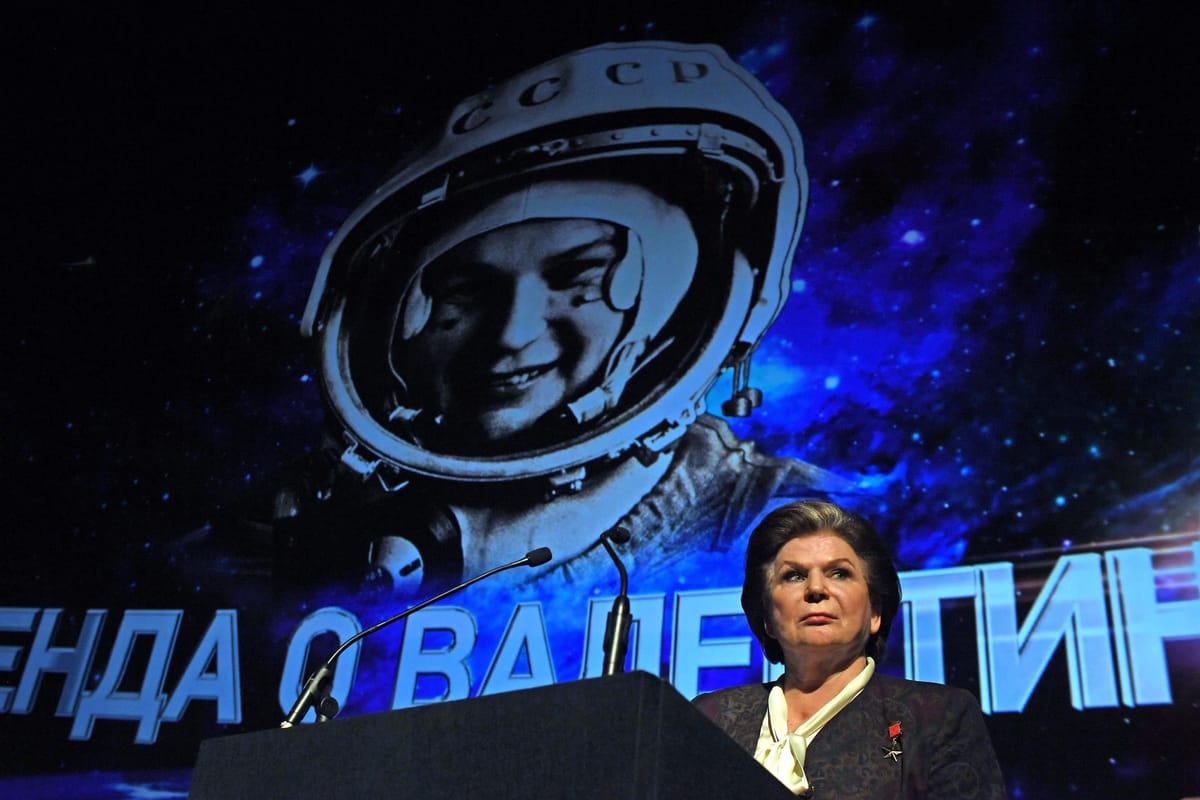
“If you had told me that I would be part of the first ever all-female crew in space, I would have believed you,” Katy Perry posted on social media earlier this year, ahead of her less than 11-minute round trip on Blue Origin’s New Shepard. It was a trip which saw Perry and five other fellow travelers traverse the internationally recognized boundary of space—but only just. “Nothing was beyond my imagination as a child,” she said.
That’s great for Perry. Creativity is the engine of ambition. She should be applauded for daring to dream. But guess what? In order for Perry to actually have been part of the first ever all-female crew in space, she would have had to time travel back to the year 1963 and convince a stoic, Soviet skydiving enthusiast named Valentina Tereshkova—who actually was the first ever all-female crew in space—to let her join her mission. Something tells me that that last part would've taken more than crooning a few bars of an old Louis Armstrong tune.
All of this raises important questions about why Tereshkova, who arguably should be a household name, isn’t one. And why she, and so many other women pioneers of space travel and exploration, are seemingly forgotten—a mere footnote alongside Perry, Gayle King, Lauren Sánchez, Aisha Bowe, Amanda Nguyen, and Kerianne Flynn, who blasted into space last month.
The Lure of the Sky
Valentina Tereshkova was born the second of three children in the tiny village of Bolshoye Maslennikovo, about 175 miles northwest of Moscow, on March 6, 1937. Her father worked as a tractor driver; her mother in a textile factory.
From an early age, Tereshkova was interested in parachuting, but in 1953, after graduating from high school, she followed in her mother’s footsteps and began work on a textile factory’s assembly line. At the same time, she joined a local skydiving club, making her first jump in May 1959.
In many ways Tereshkova’s budding enthusiasm for adventure and—eventually—space, came at just the right moment in history. In 1961, Yuri Gagarin, a Soviet cosmonaut, became the first person to journey into outer space, after which the Soviet government became determined that the first woman in space would be a Soviet citizen, too.
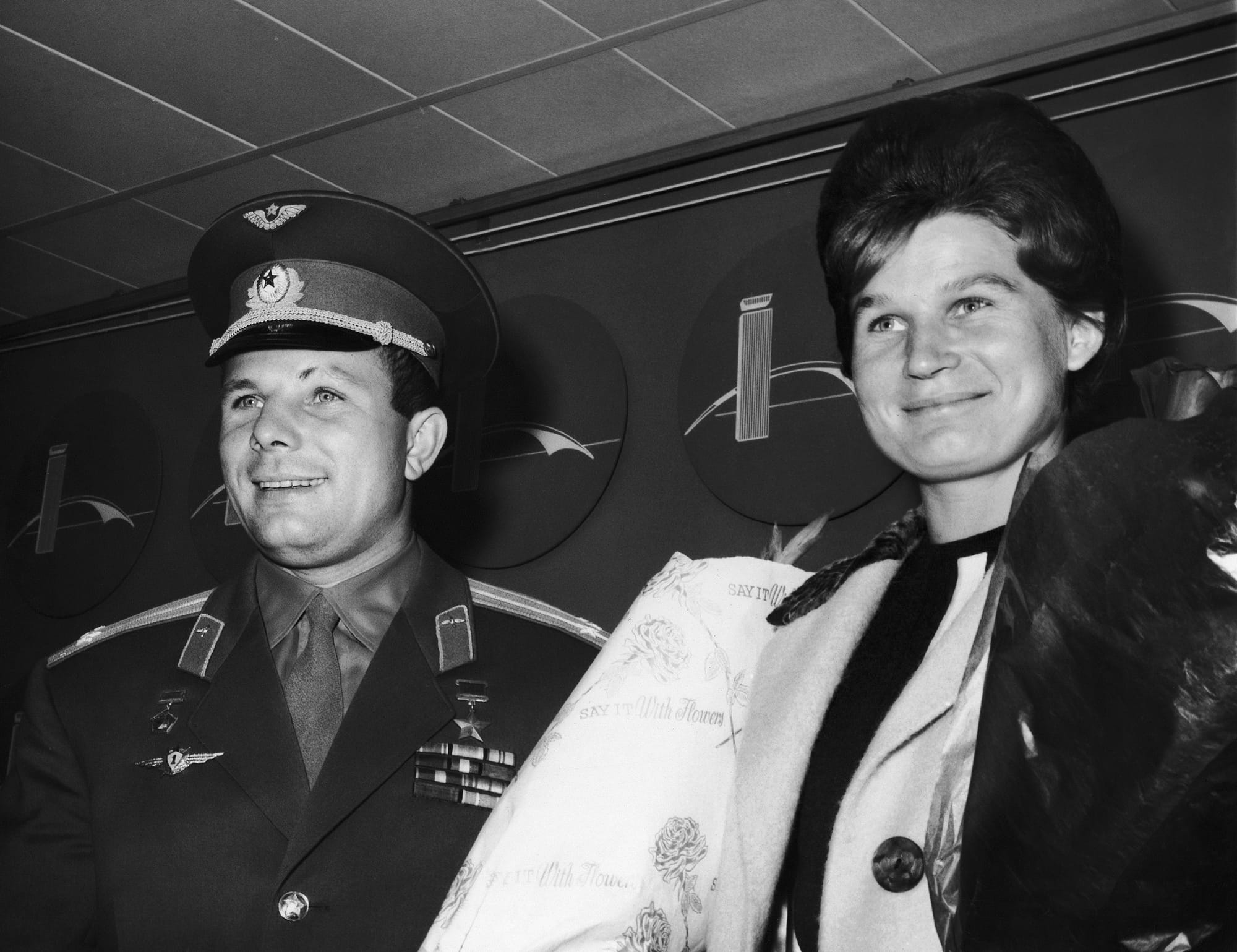
The government launched a space training program for women and, on February 16 1962, five women were chosen from a 400-strong applicant pool to join the cosmonaut corps: Tatyana Kuznetsova, Irina Solovyova, Zhanna Yorkina, Valentina Ponomaryova and Valentina Tereshkova. For months, the five women trained hard. They underwent isolation tests, centrifuge tests, more than a hundred parachute jumps and many weightless flights.
Forty-Eight Orbits
In November 1962, four of the five passed a final exam which meant that they were commissioned as lieutenants in the Soviet Air Force. The plan then was to send two of the women into space each on solo flights on consecutive days in the spring of 1963.
Tereshkova, Solovyova and Ponomaryova soon emerged as the leading candidates, and in May it was determined that Tereshkova would blast off in Vostok 6. Ponomaryova would be her back-up in case anything went wrong.
Russian authorities determined it would be a joint-mission with two spacecraft. A male cosmonaut, Valery Bykovsky, headed into space on Vostok 5 on the morning of June 14. Two days later, Tereshkova would follow in Vostok 6. And that is how the first ever all-female crew—admittedly a crew of one—made it to space. Tereshkova was 26 years old.
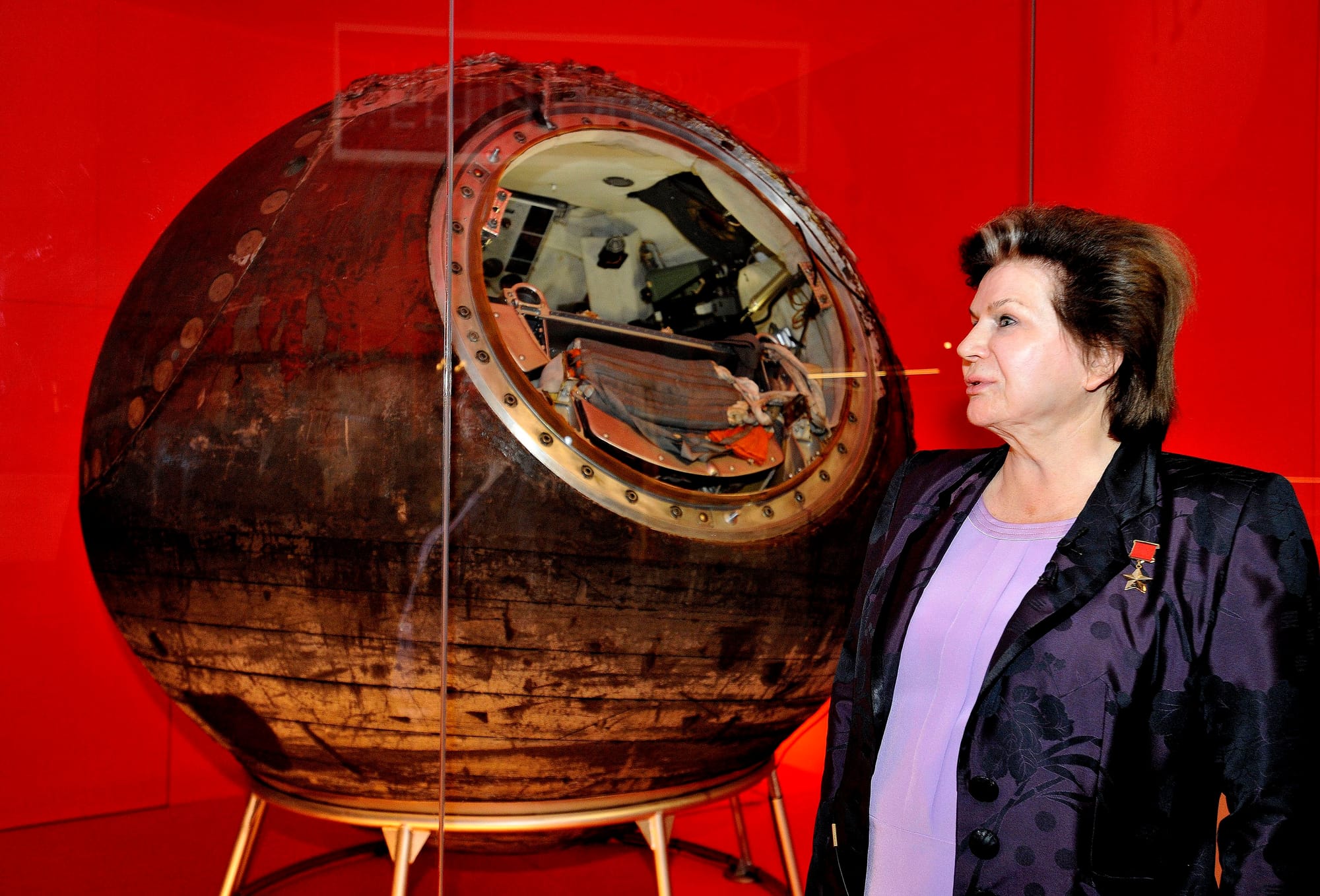
She stayed in space for two days, 23 hours and 12 minutes, and made 48 orbits of earth. During that time, she was busy: She administered tests on herself to determine how the human body reacts to space flight. She took photographs of both earth and the horizon, which were later used to study aerosol layers in our planet’s atmosphere. She also communicated with Bykovsky during the flight. He ended up spending nearly five days in orbit. After Tereshkova, it took 19 years for another woman to head to space—a fellow Russian woman named Svetlana Savitskaya.
Tereshkova never ventured into space again. She did, however, become a cosmonaut instructor, retiring from the Russian Air Force in 1997. She was also politically active as a member of the Communist Party of the Soviet Union, and ended up marrying a fellow cosmonaut, Andrian Nikolayev. The couple’s daughter, Elena, who later went on to become a medical doctor, was the first child ever born to parents who had both been to space.
Many Other Firsts
Tereshkova’s story is a reminder that long before Jeff Bezos funded what some have described as a frivolous trip to space, many women had made history in space exploration.
Take Pearl I. Young— the first woman scientist at the National Advisory Committee for Aeronautics, which later became NASA—and Katherine Johnson, who calculated the trajectories for the Apollo 11 mission and many other U.S. spaceflights.
These women are the real astronauts, cosmonauts and rocket scientists—the real pioneers in the field of science and space exploration.
There is, of course, Sally Ride who—in 1983—became the first American woman to fly in space, and Mae Jemison, the first Black woman to do so, in 1992. (Jemison was inspired by Ride’s mission.) In 2007, Peggy Whitson became the first woman to command the International Space Station. Not only that, though: During her career, Whitson accumulated 665 days in space, which is the most for any woman ever. She also performed 10 spacewalks during her career, totaling 60 hours and 21 minutes.
These women are the real astronauts, cosmonauts (the term generally used for those trained in Russia or the former Soviet Union), and yes, rocket scientists—they are role models; real pioneers in the field of science and space exploration.
Selective Memory
Which makes it maddening that so many journalists, commentators, and other eager onlookers put the crew of the New Shepard on a pedestal they don’t deserve. Why did they do this? Well, there are a few explanations.
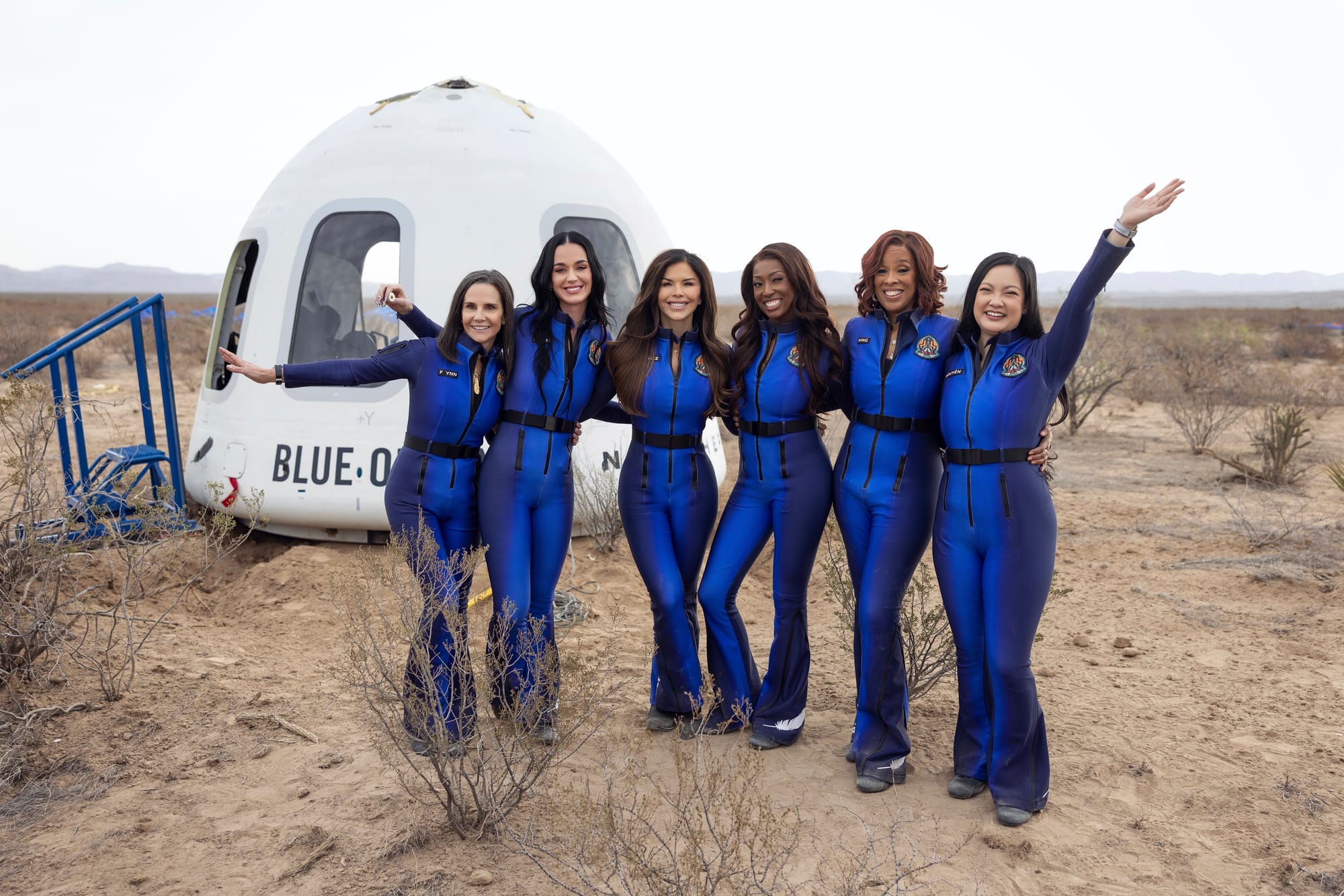
One, of course, is that the flight that took place in early April just makes for such a good story. A pop star who’s spent the last decade singing about being a firework is finally catapulted into space just like, well, a firework? What’s not to like? As humans, we’re conditioned to be enthralled by the weird and the unlikely. And if this is not that, then I don’t know what it is.
When we conjure an image of a woman in space, who are we more likely to remember? A serious-looking Soviet cosmonaut or a posse of manicured celebrities?
Social media plays a role here, too. The availability heuristic means that it really does matter whether something has gone viral on social media or not. By being recirculated it becomes more salient and we may well be fooled into thinking that it’s more significant than it actually is. Sure, in 1963 Valentina Tereshkova might’ve made the front page of every Soviet newspaper, but that doesn’t have the staying power of a constantly re-sent and re-posted meme. When we conjure an image of a woman in space, who are we more likely to remember? A serious-looking Soviet cosmonaut or a posse of manicured celebrities, clad in skin-tight “space suits” sporting a fresh blow-dry and a dewey just-left-Sephora look?
Social media has morphed and created its own truths about who deserves which accolades and what glory. That’s not right. But it’s the way things are.
So here’s my call to action: Let’s look beyond the silly memes and whimsical social posts and actually do a bit of digging. Let’s trot out those names from history of people who really changed the world. Let’s be sure to talk about them to our daughters and sons and do the noble work of telling their stories over and over until they too become as commonplace as household names.
For sure, let’s give the members of the New Shepard crew the credit they deserve: Aisha Bowe, a former rocket scientist at NASA was the first person of Bahamian heritage to go to space. Amanda Nguyen, a bioastronautics research scientist and prominent advocate for sexual assault survivors, waited years to be the first Vietnamese woman in space. But let’s also not allow someone’s stardom to create a narrative that discounts another woman’s glory. We owe it to those who came before us to recognize the hard work they did as they paved the way—both on earth and far, far beyond.
